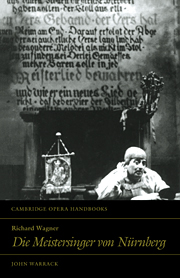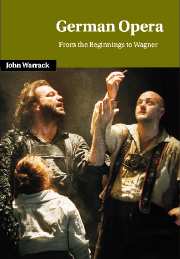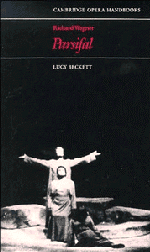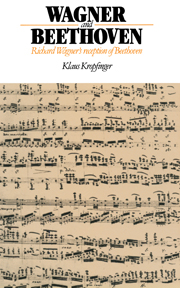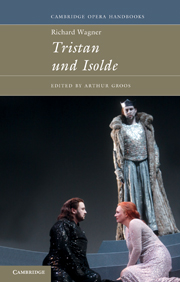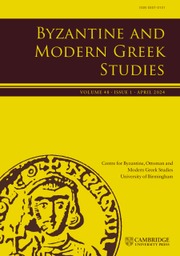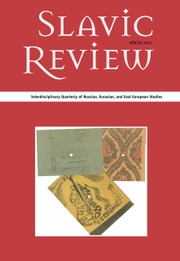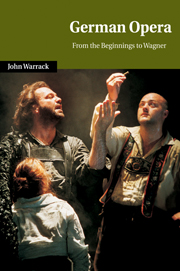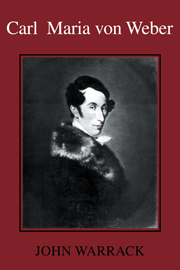Richard Wagner: Die Meistersinger von Nürnberg
This book presents a lively and informative account of Die Meistersinger von NÜrnberg, including its literary sources and the evolution of the text from a light comic opera into its final form. John Warrack examines the music and historical tradition of the Mastersingers; Lucy Beckett analyzes the Hans Sachs character and reveals how Wagner communicates with his audience, both musically and dramatically; Michael Tanner suggests new ways to interpret Meistersinger as a reflection of Wagner's overall view of opera; while Patrick Carnegy provides a history of key productions. The volume contains a full synopsis, bibliography, and music examples as well as three valuable appendices.
- Informative and accessible handbook on Wagner's 'easiest opera'
- Contains full synopsis; invaluable to the opera goer and student
- Will be a large market for the Handbook: Meistersinger part of the major repertoire and frequently performed
Reviews & endorsements
"This introductory study fully realizes the aims of a Cambridge Opera Handbook by presenting abundant, synoptic, analytical, and historical information about Die Meistersinger along with distinctive critical interpretations." Opera Quarterly
Product details
September 1994Hardback
9780521444446
188 pages
223 × 144 × 17 mm
0.39kg
8 b/w illus. 29 music examples
Available
Table of Contents
- List of illustrations
- General preface
- Acknowledgements
- Abbreviations
- Composition and performance details
- 1. The sources and genesis of the text John Warrack
- 2. Synopsis John Warrack
- 3. Sachs, Beckmesser, and Mastersong John Warrack
- 4: Sachs and Schopenhauer Lucy Beckett
- 5. Richard Wagner and Hans Sachs Michael Tanner
- 6. Die Meistersinger: naive or sentimental art? Lucy Beckett
- 7. Wahn, words and music John Warrack
- 8. Stage history Patrick Carnegy
- Appendices:
- 1. The Wahn monologue
- 2. Sachs's final address
- 3. The original Prize Song
- Notes
- Bibliography
- Index.

